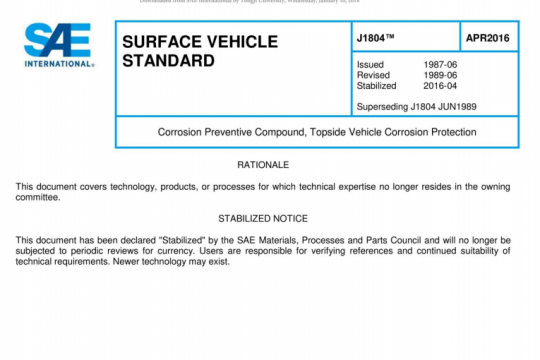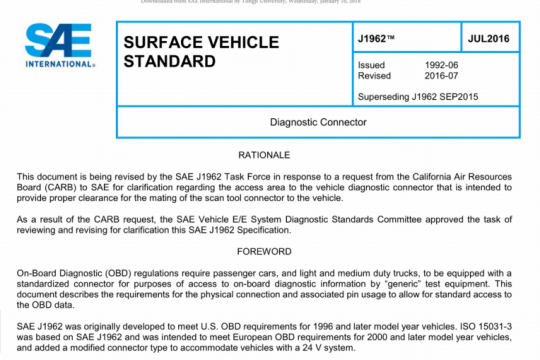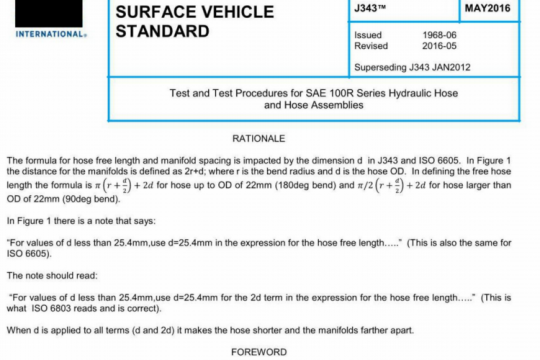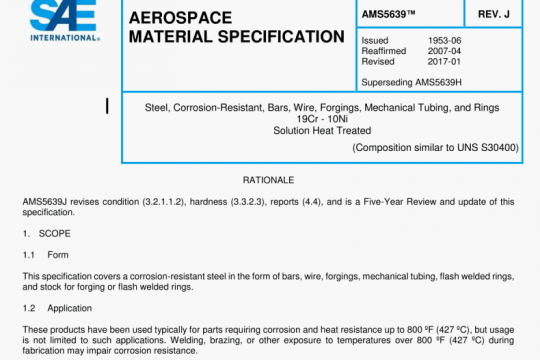SAE J3013:2019 pdf free
SAE J3013:2019 pdf free.Friction Material Elastic Constants Determination through FRF Measurements and Optimization
Full pad assemblies, without insulator, are used for FRF measurements. It is desirable to use the same pad assembly geometry as those intended for noise testing. If pads without slot and chamfer are readily available, they can be used, as slots and chamfers may add additional part-to-part variations (the variations are small as found in practice. Therefore, it is not advised to make pads just for this purpose).
● Changes in chamfers and/or slots typically do not require reacquiring the elastic constants. However, if and when parts are available, confirmation of FRF correlation between measurements and simulation is always recommended, regardless of how the elastic constants are obtained (whether from FRF measurements or ultrasonic measurements )
● If parts for the intended program are not available yet, elastic constants obtained from a different pressure plate and pad geometry can be used. Even though there are successful application cases (see referenced publications),the overall FRF correlation (of all modes) between measurement and simulation is no longer ensured. When parts become available, FRF correlation should be verified, and if necessary, elastic constants re-measured using the pads for the intended program.
Multiple pads (minimum 3) should be measured. Typical pad-to-pad frequency variations are expected≤3%, otherwise further investigation is recommended (before using this standard), for example, poor bonding between pressure plate and friction material 1 underlayer may cause larger frequency variations.
● Excitation: an impact hammer is typically used.
● Response: typically an accelerometer is used, though laser vibrometer can also be used. Full modal analysis is not required, as long as major modes of interest can be identified (bending, torsional and in-plane).
● Refer to SAE J2598 for more information on pad FRF measurements.
● Multiple measurement points (locations), in both out-of-plane and in-plane directions should be considered. The more modes captured and main vibration identified correctly (bending, torsional, in-plane), the better.
●Frequency range ideally should go up to 16,000 Hz. If the quality (and modal information) of a particular mode (or modes) is in doubt, the mode (modes) can be excluded. The user needs to ensure, e.g.. in the Verification step (Section 6), that there is no mismatch of modes between measurement and simulation.SAE J3013 pdf free download.




